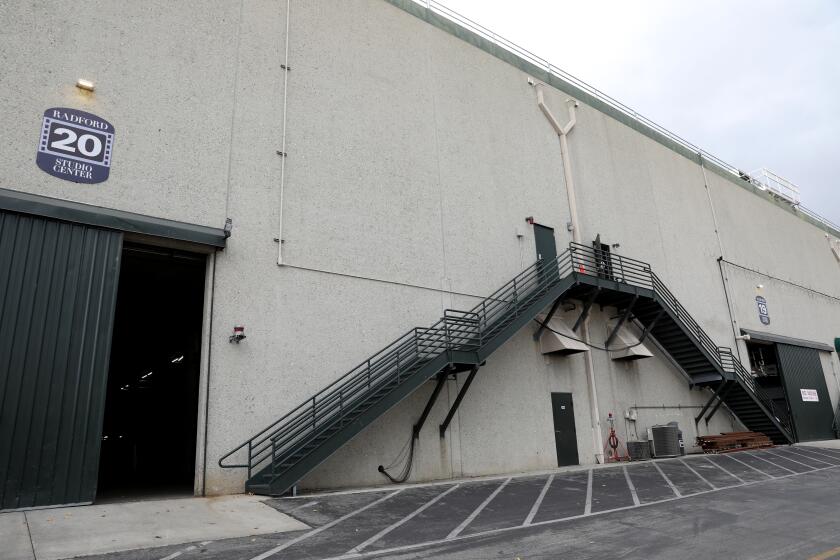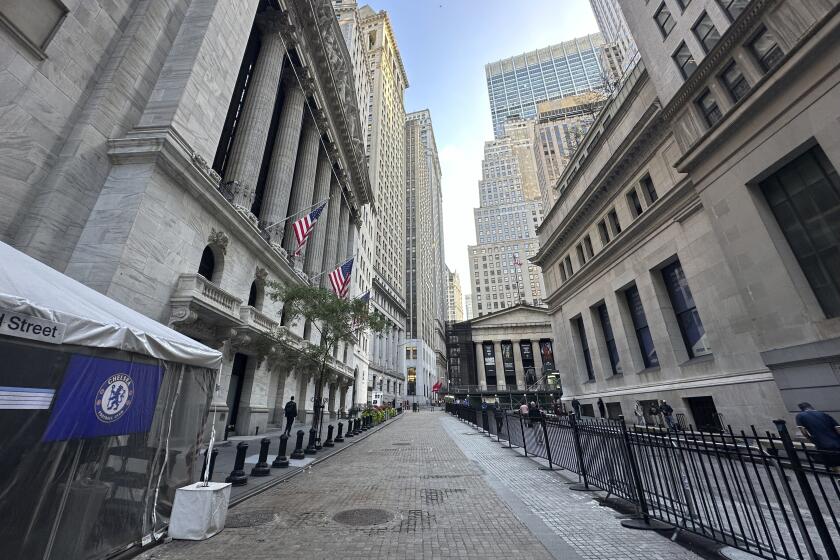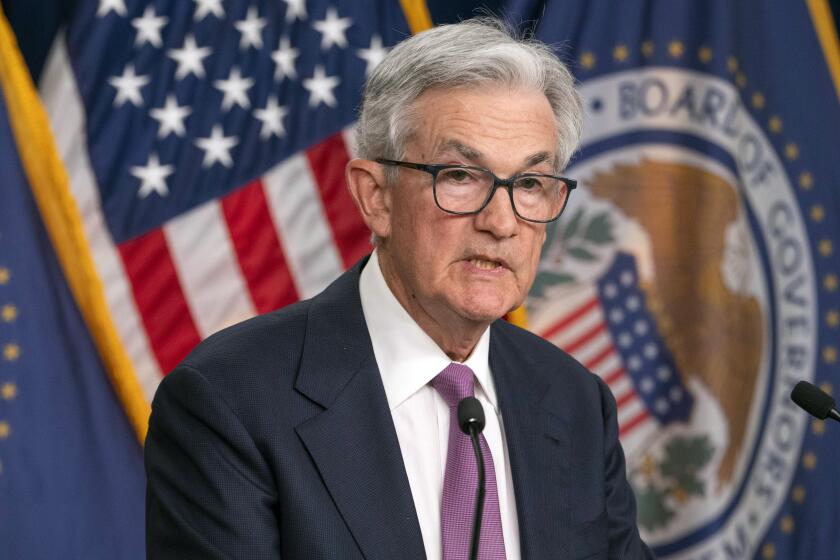Good News for Buyers With Small Downs
A nationwide price war has broken out among lenders, home builders and mortgage insurers for the business of a once-neglected group of consumers:
Home buyers who can afford no more than a 10% down payment but who also don’t like the idea of making monthly mortgage insurance payments.
If you fit the description, you might be able to cash in.
Traditionally, buyers who can’t come up with a 20% down payment have been forced to purchase private mortgage insurance to cover the lender’s heightened risk of loss in the event of default or foreclosure.
The monthly premiums add anywhere from $40 to $100 a month onto mortgage payments and sometimes can’t be canceled without paying off the full loan. In other cases, borrowers have experienced difficulty canceling premium payments, even when the equity in the home exceeds 20%.
To capitalize on borrower disaffection, many large banks, working through local mortgage brokers and home builders, have begun offering “no-PMI” alternatives for 10% down payment buyers--a “piggyback” loan combination consisting of a first and second mortgage, both closed simultaneously.
The piggyback concept has proved so attractive that it’s provoked mortgage insurers to fight back with more consumer-friendly options. They’re now pushing plans that roll the insurance premiums into the mortgage upfront, thereby eliminating bothersome monthly payments and making PMI tax-deductible.
And in one case, a major insurer has unveiled the first mortgage insurance plan that targets “quality” borrowers with cash refunds. The program pays money back to the buyer who makes on-time principal and interest payments for the first 2 1/2 years of the loan. Borrowers who are more than 30 days late on payments get no cash refund.
Under a plan available since mid-September in all 50 states, United Guaranty Residential Insurance Co. will send “quality” borrowers a 20% rebate of the financed insurance premium rolled into their loan amount upfront. On a $150,000 loan with a 10% down payment financing a $167,000 new home, United Guaranty says, it will send a $735 check to borrowers who’ve made on-time payments of their principal and interest during the first 30 months of the mortgage.
How do buyers make sense of these new low down payment alternatives? How can you figure out which plan saves you the most money? For starters, make sure you ask mortgage brokers and builders if they offer either piggyback loans or “financeable” mortgage insurance options on 10% down payment loans. Then sit down and do the numbers step by step.
Here are two examples that illustrate how the competing plans work:
* “No-PMI” piggyback: Often called the “80/10/10,” the piggyback provides you with an 80% loan-to-value first mortgage or deed of trust with no mortgage insurance, plus a 10% loan-to-value second mortgage or deed of trust. You put down 10% cash. The first mortgage carries a low rate--often around 7% to 7 1/4% in today’s market. The second mortgage carries a higher rate, generally 9 1/4% to 9 1/2%. The idea is to come up with a “blended” rate that produces lower monthly payments than you’d have with a 10% down, 90% loan carrying mortgage insurance.
A prototypic piggyback closed this month in the Washington, D.C. area by PMC Mortgage Corp. worked like this:
The house price was $190,000; the down payment was $19,000. The $171,000 financing was split between a $152,000 first trust at 7 1/8% and a $19,000 second trust at 9 1/2%. Monthly payments will be $1,181.81, including $1,024.05 on the first loan and $157.76 on the second.
By contrast, a traditional $171,000 loan on the same house with the same interest rate of 7 1/8%--but with PMI--would have cost the borrowers $1,226.16 a month, according to PMC president Henry Savage. That includes a $74.10 PMI premium. Net cash savings to the borrower by choosing the piggyback, according to Savage: $436.20 a year.
* Money-back “financeable” PMI: By financing your PMI payments--rolling them into the mortgage--you get a 90% loan with no monthly premiums. Since there’s just one first mortgage or deed of trust involved, you pay a lower rate--the going market is in the 7s--as opposed to 9 1/4% to 9 1/2% on the second loan. Add in the cash refund after 30 months of “quality” on-time payments and you’ve got a very attractive alternative.
Here’s an example on a 90% $150,000 mortgage using the United Guaranty plan. The home price is $166,667; the down payment is $16,667. The $150,000 mortgage is at 7 5/8%, the financed insurance premium totals $3,675. Monthly principal and interest payments come to $1,083. And the borrower gets a rebate check for $735 in 2 1/2 years.
The piggyback competitor to the financeable PMI on the same home would entail a $125,000 first mortgage at 7 5/8% and a $25,000 second at 9 1/2%. There’s no PMI premium charged, but the monthly combined payment comes to $1,146--$63 a month ($756 a year) more than the financed PMI option.
And, of course, there’s no $735 rebate check for good behavior after 30 months.
*
Distributed by the Washington Post Writers Group.
More to Read
Inside the business of entertainment
The Wide Shot brings you news, analysis and insights on everything from streaming wars to production — and what it all means for the future.
You may occasionally receive promotional content from the Los Angeles Times.






